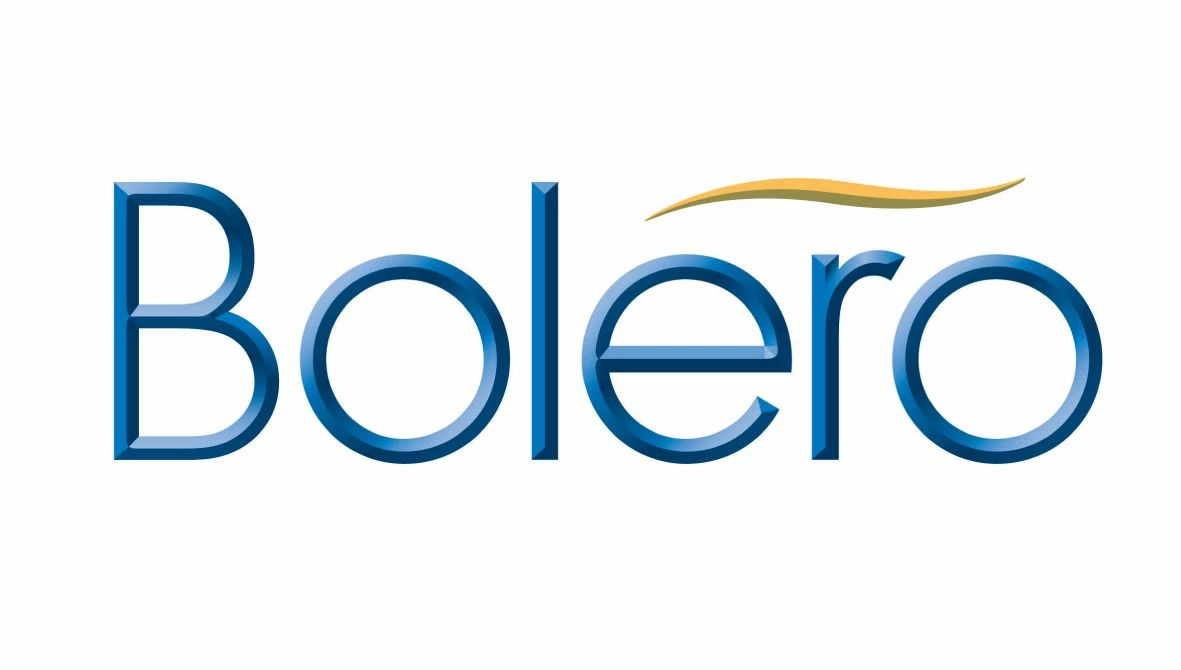
Partner Article
Why trade finance is moving to the cloud
The development of cloud technology is opening the door for companies in the trade finance sector to move away from the inherent constraints of paper-based processes.
In Asia, this is particularly compelling, as importers don’t need to invest heavily in hardware and software to use cloud-based trade finance solutions – in some cases enabling them to leapfrog more costly and complex ERP tools. As such, many operators in these less mature markets are very open to working in the cloud and receptive to the competitive opportunities it brings.
From a corporate perspective, SaaS-based multi-bank trade finance applications and exporter-led solutions are also extremely compelling in terms of cost and their potential to make essential processes more effective.
Typically, cloud-based trade finance solutions are far easier to deploy and use, especially when compared with more restrictive on-premise technologies. This in turn can enable corporate users to increase business efficiency and payment acceleration across their trading relationships. From a budget perspective, the fact that there is no requirement for large upfront investment means enterprises can use their op-ex rather than cap-ex budgets to fund the technology.
Electronic bill of lading (eBL) solutions are a good example of the flexibility cloud-based trade finance platforms offer for corporates and other trade finance users within the supply chain, making it possible to react quickly to immediate business demands.
For exporters, bill of lading documents are essential because they essentially act as one of the triggers for payment of the goods. Any delays in the presentation of the bill can therefore have an impact on the speed with which the payment is made.
In one instance, a last-minute change to the carrier scheduled to transport a multi-million dollar cargo of iron ore resulted in a requirement to billet and on-board the new carrier as a Bolero user – just two hours before the ship was due to set sail. Were it not for the cloud-based aspect of the solution, it would not have been possible for the new carrier to issue the fresh bill of lading documentation prior to the ship’s departure.
Rather than forcing all parties to converge on a single platform, collaborative SaaS-based trade finance technology works in conjunction with corporate and carrier communities’ existing systems, reducing many of the barriers to entry and making it possible for more participants in the trade chain to make the most of the benefits it offers.
Users only need to connect once to gain common access to all other community members, while remaining completely insulated from a trade partner’s specific technology and business processes.
Tom Rahder is VP product strategy at Bolero International: www.bolero.net
This was posted in Bdaily's Members' News section by Tom Rahder .








 Why investors are still backing the North East
Why investors are still backing the North East
 Time to stop risking Britain’s family businesses
Time to stop risking Britain’s family businesses
 A year of growth, collaboration and impact
A year of growth, collaboration and impact
 2000 reasons for North East business positivity
2000 reasons for North East business positivity
 How to make your growth strategy deliver in 2026
How to make your growth strategy deliver in 2026
 Powering a new wave of regional screen indies
Powering a new wave of regional screen indies
 A new year and a new outlook for property scene
A new year and a new outlook for property scene
 Zero per cent - but maximum brand exposure
Zero per cent - but maximum brand exposure
 We don’t talk about money stress enough
We don’t talk about money stress enough
 A year of resilience, growth and collaboration
A year of resilience, growth and collaboration
 Apprenticeships: Lower standards risk safety
Apprenticeships: Lower standards risk safety
 Keeping it reel: Creating video in an authenticity era
Keeping it reel: Creating video in an authenticity era